
Seaside goldenrod (Solidago sempervirens) is a native perennial that can be found along the coast. It prefers full sun and sandy soils. Seaside goldenrod has
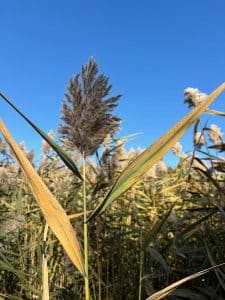
Common reed (Phragmites australis) is an edible perennial wetland grass. There is a native and non-native variety. Common reed is often found growing in dense
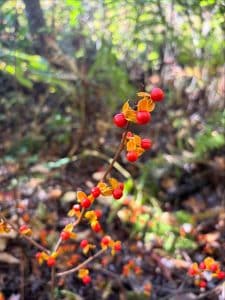
Oriental bittersweet (Celastrus orbiculatus) is an invasive and toxic vine. It can be found climbing up autumn olive shrubs and confuse people for autumn olive
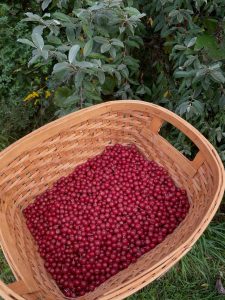
Autumn olive (Elaeagnus umbellata) is an invasive shrub/small tree that produces nutritious and delicious berries in the fall. Autumn olive can be found in areas
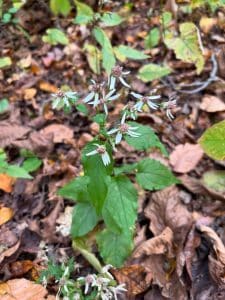
White wood aster (Eurybia divaricata) is a native perennial with edible and medicinal uses. White wood aster can be identified by its heart-shaped leaves with
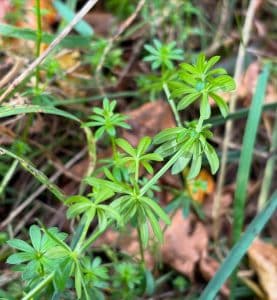
Hedge bedstraw (Galium mollugo) is a non-native perennial with edible uses. Hedge bedstraw can be found in fields and farms. Hedge bedstraw can be identified
2 Responses
Would an entry on wild grapes be created? I know, that wild grapes grow along the River Raisin in southeastern Michigan (where I grew up, even though I was unaware of that fact until I was about 18). I read, also, that wild grapes grow somewhere in Texas, if I recall accurately.
I ask this question because the contact us page seems spotty.
(P.S. What about edible plants in, say, Idaho State and its neighbors? I have a cookbook Cooking with Wild Berries & Fruits of the Rocky Mountain States by Teresa Marrone. Don’t forget making an entry for white mulberries!)
Thanks for letting me know about my contact page. I did an update and the contact form deactivated. I wasn’t aware of it until I read your message, so thanks again. I agree with you that I should do an entry on wild grapes and red and white mulberries. I have grapes on my to do list already, I’ll add wild mulberries. Thanks again for the input.